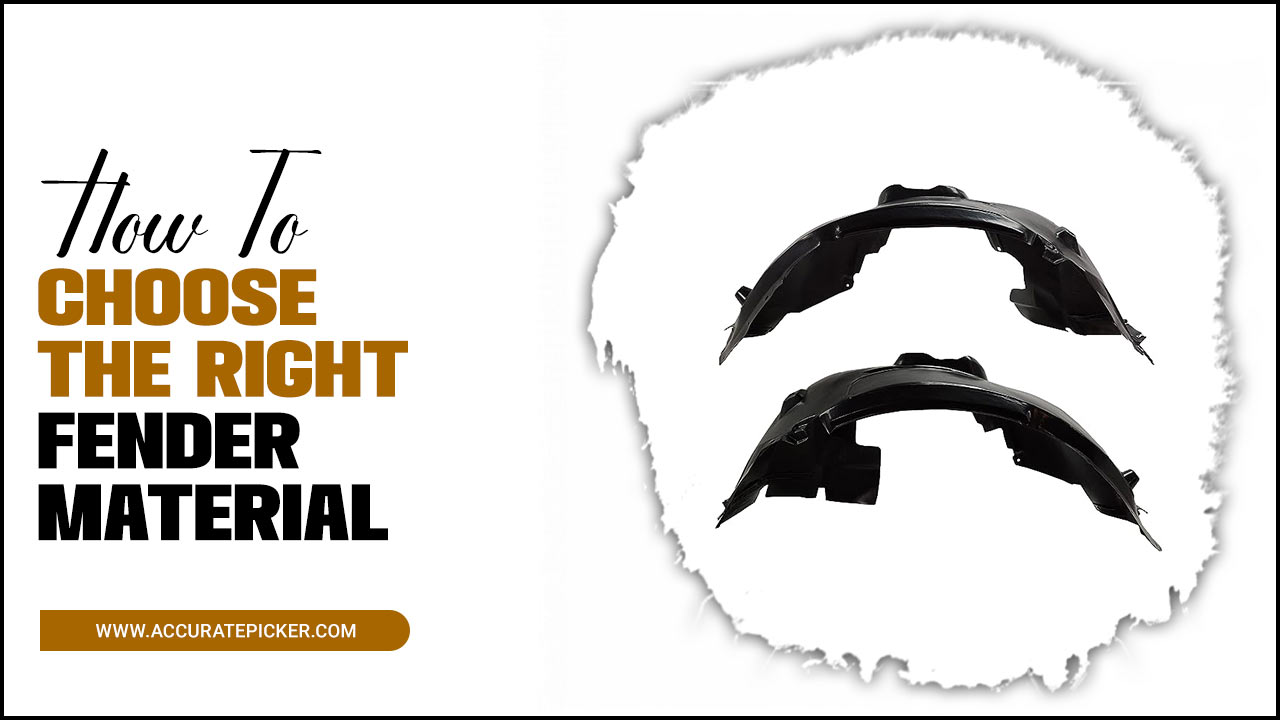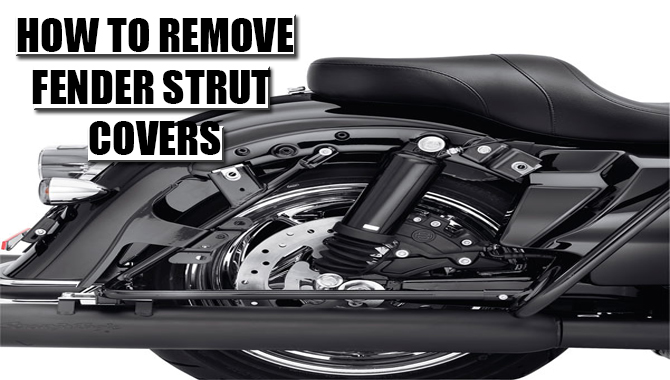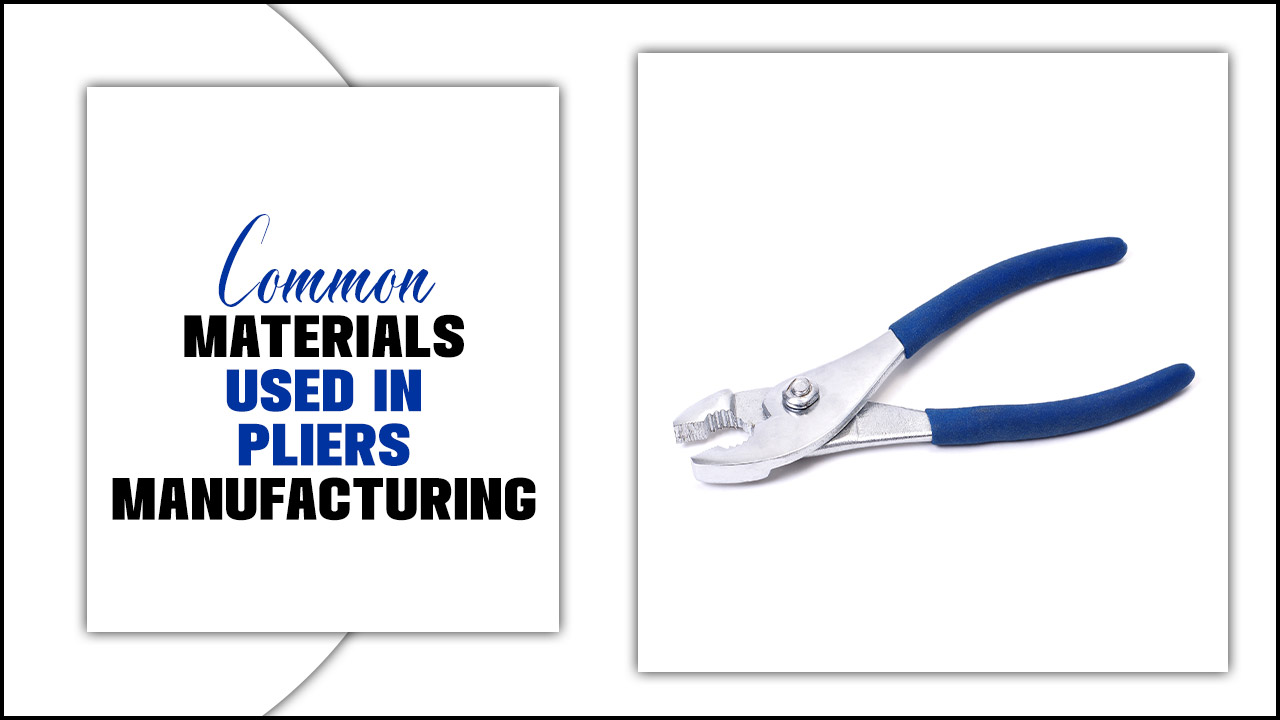Inflatable boat fenders are a great tool to protect your boat from damage caused by docks, other boats, and other objects. Proper inflation and deflation of these fenders is essential to ensure their effectiveness, longevity, and safety.
In this article, we will discuss the steps to properly inflate and deflate inflatable boat fenders, as well as the best practices to ensure that your fenders remain in optimal condition. With the right knowledge and care, you can keep your boat safe and extend the life of your fenders. Read on to learn more about how to properly inflate and deflate inflatable boat fenders.
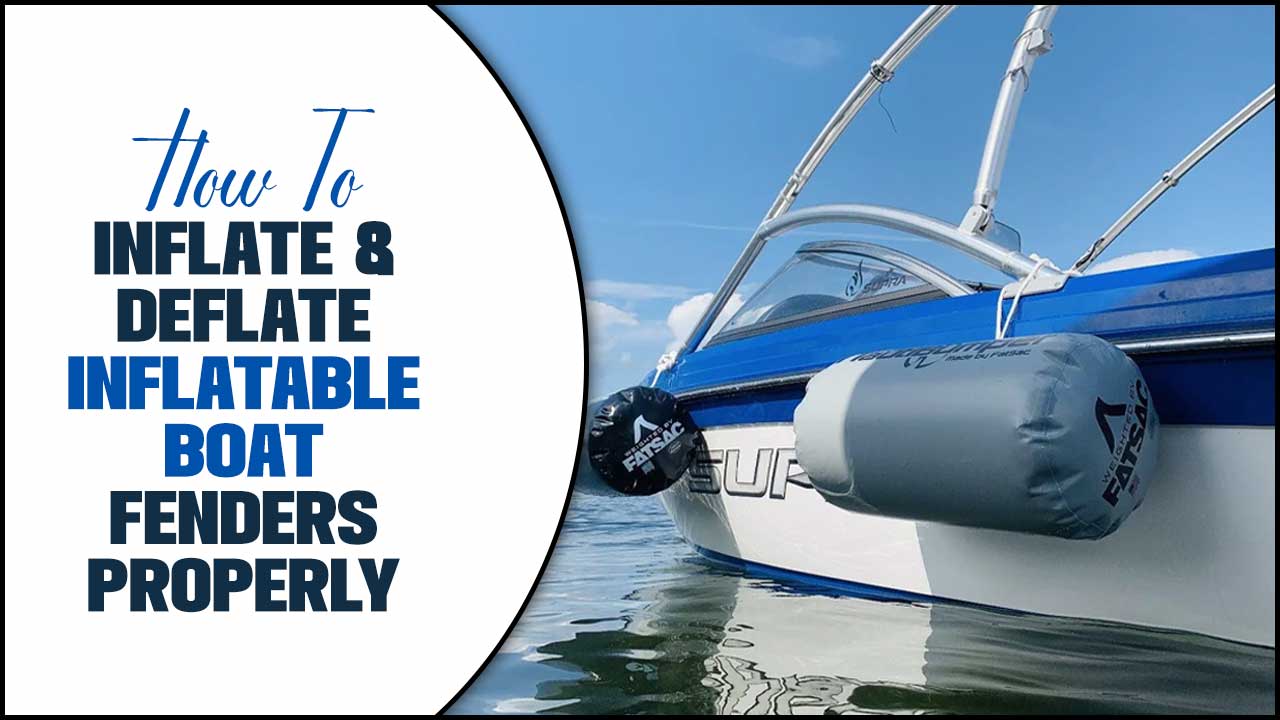
Inflating & Deflating Inflatable Boat Fenders

Inflatable boat fenders are an important part of boat safety and can help protect your boat from damage in the event of a collision. Knowing how to properly inflate and deflate them is essential for ensuring their effectiveness. In this article, we will discuss how to properly inflate and deflate inflatable boat fenders to ensure that they are functioning correctly.
We will also discuss the different types of inflatable boat fenders available and how to choose the right one for your needs. Finally, we will discuss some tips and tricks for proper maintenance and storage of your inflatable boat fenders. So, if you want to learn how to properly inflate and deflate inflatable boat fenders, then read on!
Inflating
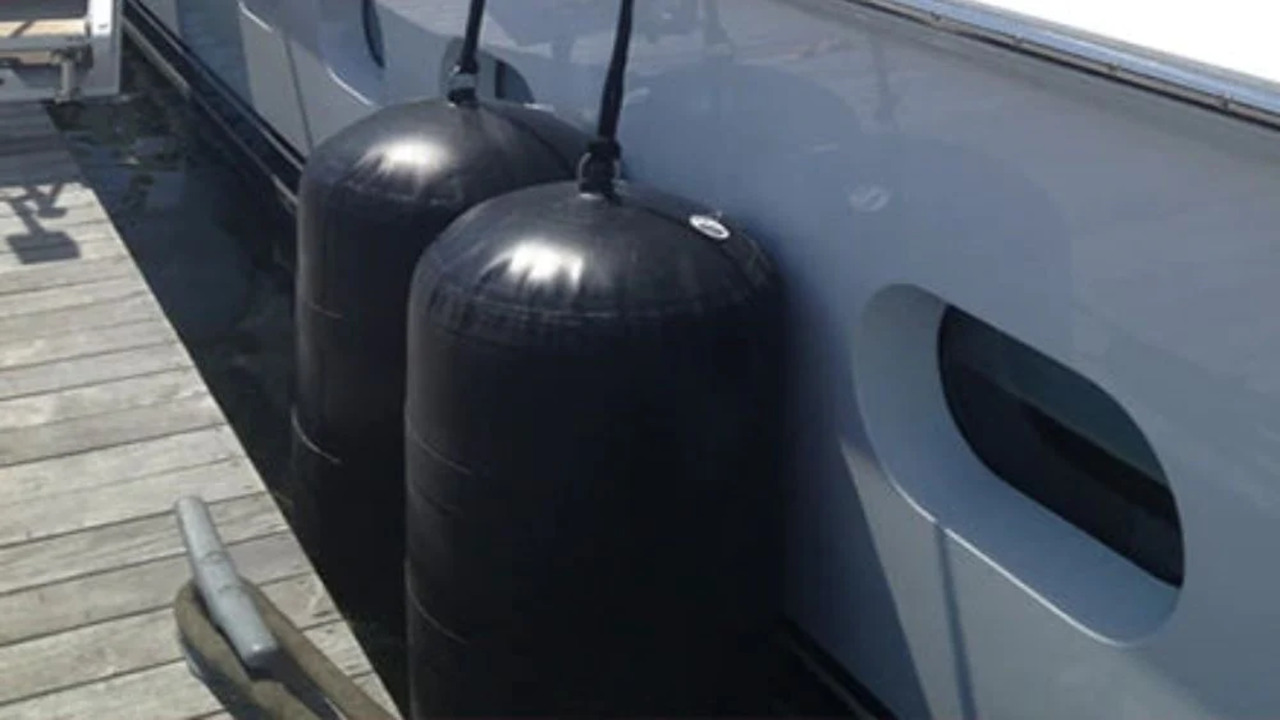
Inflating your inflatable boat fenders is an easy process, but there are a few things to keep in mind. Firstly, make sure you use an inflation pump that is designed for the type of fender you are using. Secondly, use the proper air pressure for your fender.
Too little or too much can cause damage or make the fender unreliable. Thirdly, take your time when inflating. Make sure each section fills up evenly and that no air is leaking. Lastly, be sure to check the valve and connection before you take the fender out on the water. Doing these steps will ensure your fender is filled safely and properly and will last for many years of reliable service.
Preparation
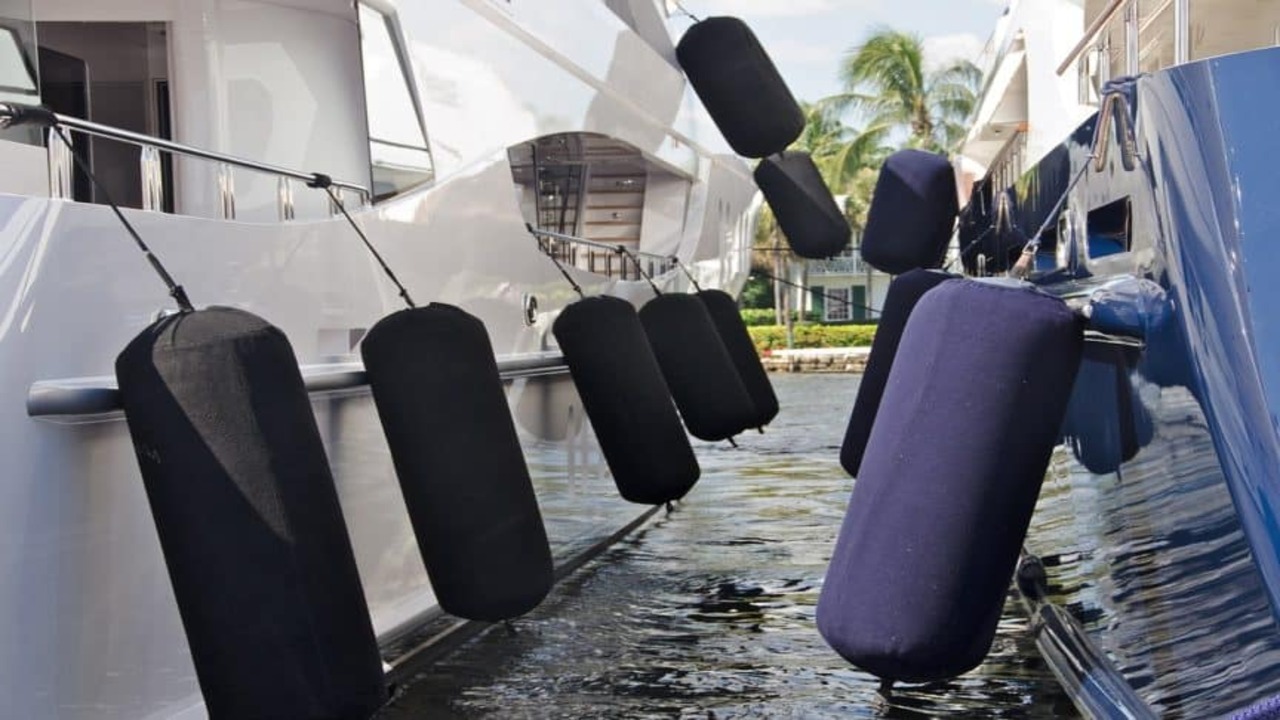
Before starting any project, it is important to make sure you have the necessary tools for the job. Inflating or deflating an inflatable boat fender requires an air pump or compressor of some sort. Manual, electric or battery powered options are all available, so choose one that best suits your needs.
Additionally, you may want to have an air pressure gauge to make sure you have the proper amount of air in your fenders. Once you have all the necessary tools, you can now begin to inflate or deflate your inflatable boat fender.
Selecting Pump
When selecting a pump for your inflatable boat fenders, it is important to ensure that it is compatible with the type of fender you have. Make sure that it can handle the size and weight of the fender. Additionally, look for pumps that are lightweight and easy to handle.
Consider pumps with features such as an air pressure gauge, an adjustable air pressure setting, and a valve adapter. Make sure to read the instructions carefully to ensure that the pump is suitable for your inflatable boat fender. Lastly, check to see if the pump is waterproof, as this is very important in marine environments. With the right pump, you can easily and safely inflate and deflate your inflatable boat fenders.
Attaching Fender

Attaching fender to an inflatable boat is a simple process that should be done carefully to ensure the fender stays in place. It is important to understand the importance of properly inflating and deflating the fender before attaching it to the boat. An over-inflated fender may not fit the boat properly, while an under-inflated fender may not provide enough protection.
To properly inflate the fender, use a hand pump to fill the fender until it is firm but not overly rigid. To deflate the fender, simply press the deflation valve and let the air escape. Once the fender is properly inflated and deflated, it can be attached to the boat. Use a rope or bungee cord to secure the fender to the boat, making sure the rope is tight enough to keep the fender in place.
Additionally, you may find it helpful to use a fender tie to ensure the fender stays securely in place. Properly attaching a fender to an inflatable boat is essential to keeping the boat safe and secure during use.
Deflating

When deflating your inflatable boat fenders, you should start by releasing the air pressure valve. This will allow the air to escape and the fender to deflate. You may need to use a screwdriver or special tool to open the valve, if necessary. Once the valve is opened, it’s a good idea to push on the fender to help release any remaining air.
Once the fender is fully deflated, you can fold and store it for future use. It’s important to make sure that the fender is completely deflated before storing, as any air left in the fender can cause it to degrade over time. Taking the time to properly inflate and deflate your inflatable boat fenders will ensure that they last for many years to come.
Preparation
Before you begin inflating and deflating an inflatable boat fender, you should prepare by gathering the necessary materials. First, you’ll need a hand or electric pump. If you are using a hand pump, make sure that it is the correct size for the fender. Next, you should have an air pressure gauge, which will allow you to accurately check the pressure of the fender.
Finally, you will need the appropriate type of valve adapter for your pump. Once you have all of the items you need, you can start the process of inflating and deflating your inflatable boat fender.
Releasing Air
Releasing air from an inflatable boat fender is easy and should be done slowly to avoid damage. To deflate the fender, begin by releasing the valve or turning it counter-clockwise. This will open the valve and allow air to escape. Make sure the valve is fully open, then press down on the fender to release the air slowly.
If the fender is still inflated, you may need to press down a few more times to get all the air out. Once you have finished, close the valve and store the fender away for use in the future. Inflating the fender is done in a similar manner.
Just open the valve and blow into it until it is full. Make sure not to over-inflate the fender as this could cause damage. Once it is inflated, close the valve and you’re done. Following this simple procedure will keep your inflatable boat fender in great condition.
Storing
When it comes to storing inflatable boat fenders, it is important to ensure that they are kept properly inflated and deflated. Before storing, you should ensure that the fenders are completely deflated. This will help to prevent any damage or leaks from occurring.
Additionally, it’s important to make sure that the fenders are stored in a dry place. Exposure to moisture can cause mold and mildew to form, which can weaken the material. Furthermore, you should avoid storing the fenders in direct sunlight as this can cause the material to fade or weaken.
Lastly, it’s important to store the fenders in a safe, secure place to ensure that they are not damaged or lost. Proper storage of the fenders will ensure that they have a long life and perform optimally.
Conclusion
Inflatable boat fenders are an essential tool for protecting your boat from damage while docked. To ensure proper inflation and deflation, always use a low-pressure pump and check the fender’s pressure level with a pressure gauge. Make sure the fenders are properly secured with the appropriate lines and cleats.
Finally, be sure to inspect the fenders for any signs of damage or wear and tear. With proper care and maintenance, your inflatable boat fenders will last for years.
FAQ’s
1.What Type Of Air Pump Is Needed To Inflate And Deflate Inflatable Boat Fenders?
Ans: A double action air pump is the best type of pump to use to inflate and deflate inflatable boat fenders. This type of pump allows air to be pumped in and out with the same action, making it easier to adjust the amount of air needed.
It is also important to make sure that the pump is compatible with the size of the fenders and the valve type. Many air pumps come with multiple valve adapters that can be used with different size and type of valves.
2.How Much Air Pressure Should Be Used When Inflating Inflatable Boat Fenders?
Ans: The amount of air pressure used to inflate an inflatable boat fender should be between 0.2 and 0.3 bars. Too little air pressure will cause the fender to be ineffective, while too much pressure can damage the fender. For most inflatable boat fenders, the optimal air pressure is between 0.25 and 0.275 bars. It is important to check the manufacturer’s instructions for the specific air pressure requirements for your boat fender.
3.What Is The Best Way To Store Inflated Inflatable Boat Fenders?
Ans: The best way to store inflated inflatable boat fenders is to hang them in a cool, dry area away from direct sunlight. Make sure to knot the rope tightly to prevent the fenders from slipping off. Additionally, it is important to check the fenders regularly for any leaks or damage. Finally, ensure that the pressure in the fenders is maintained to avoid deflation.
4.What Safety Precautions Should Be Taken When Using Inflatable Boat Fenders?
Ans: When using inflatable boat fenders, it is important to take safety precautions to ensure the best possible protection for your boat. First, be sure to inspect the fenders for any signs of wear before use. Second, secure the fenders properly to the boat to prevent them from slipping or moving.
Third, always pay attention to the inflation rate and make sure the fender is not over-inflated. Finally, never leave the fenders in the water for too long as this can lead to damage from the sun and salt water.
5.What Maintenance Is Needed To Keep Inflatable Boat Fenders In Good Condition?
Ans: Inflatable boat fenders should be kept clean and dry when not in use. They should be inspected for any signs of wear or damage, and patched or replaced if necessary. They should also be stored in a cool, dry place away from direct sunlight. Lastly, the material should be treated periodically with a UV protectant to prevent fading and cracking.


